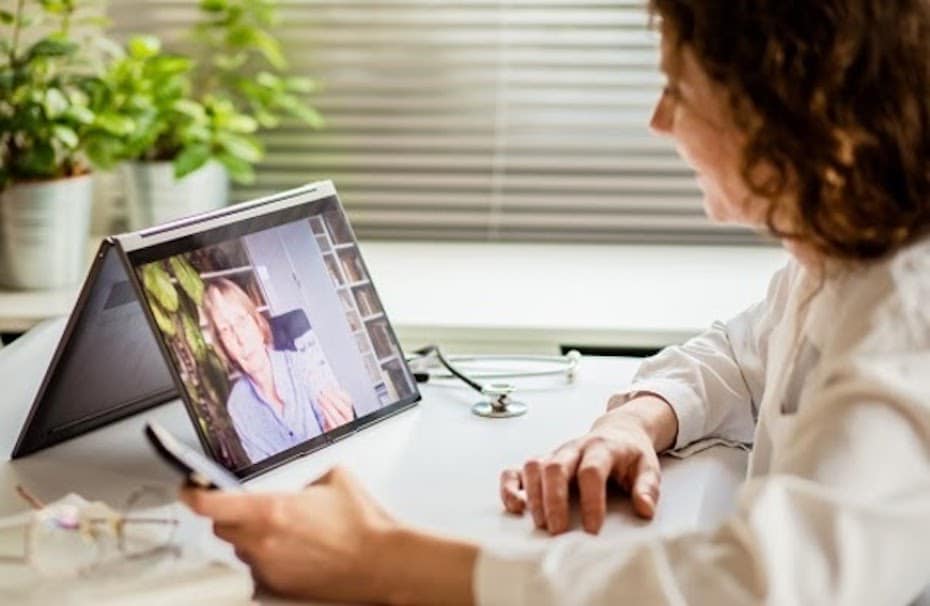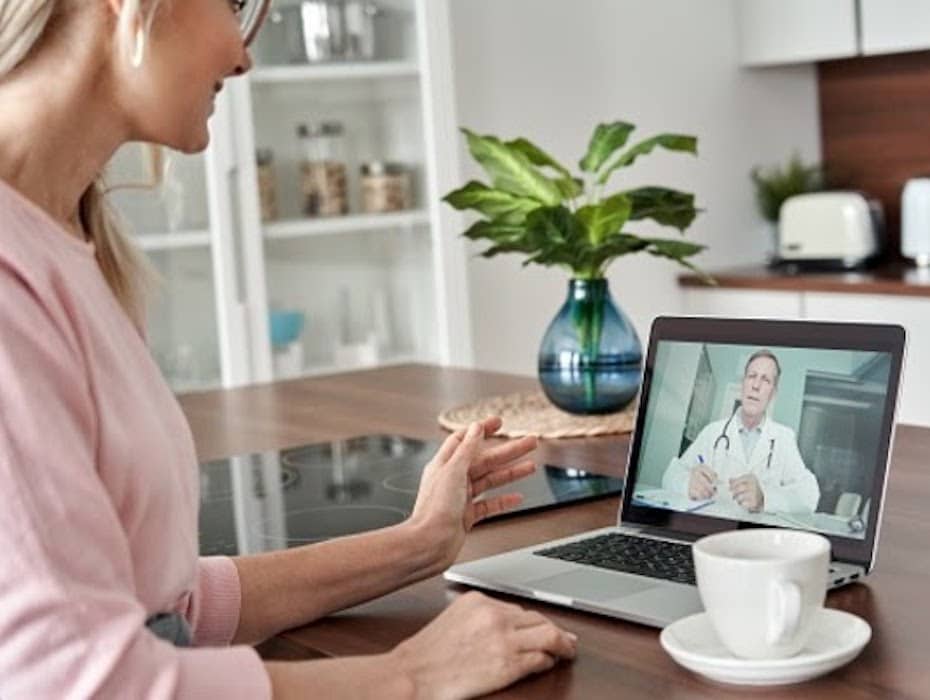Over the past decade, telehealth adoption has slowly risen. But the global health crisis that unfolded in the spring of 2020 rapidly accelerated the adoption of telehealth services when it became clear that it would be far safer to hold virtual appointments to the greatest extent possible.
The rapid adoption of telehealth services raises an interesting, critical question: what differences exist between telehealth adoption in rural areas versus urban areas? As telehealth adoption continues, more data becomes available for analysis and patterns are beginning to emerge regarding where the similarities and differences are in rural and urban telehealth use.
The need for better understanding of telehealth adoption rates
In 2020, a coalition of healthcare organizations, non-profits, members of academia, and tech companies created a coalition to respond to the COVID-19 pandemic. The group dubbed itself the COVID-19 Healthcare Coalition.
One area of concern for the Coalition is telehealth adoption, specifically in rural areas which have typically been underserved by any kind of healthcare. Between July and August 2020, researchers from the Coalition interviewed 1,594 American doctors and other healthcare professionals from urban and rural areas to better understand telehealth adoption rates and barriers to adoption. They published the results of their research in November 2020.

What the research shows: Urban and rural telehealth adoption rates
One of the first questions researchers asked survey respondents was how long they had been using telehealth services:
- 27% of rural providers had used it for three months or fewer, while just over 20% of urban providers had used it for that time period
- The split between rural and urban providers who had used telehealth services for four to six months was more even—60.2% for urban providers and 59.5% for rural providers
- Slightly more urban providers had used telehealth services for seven to 12 months—3.3% versus 2.7% of rural providers
- More urban providers had used telehealth services for a year or more—16.3% versus 10.8% of rural providers
Researchers examined how frequently providers used telehealth services before the public health crisis:
- The vast majority of providers used telehealth services for their patients anywhere between zero to five times a week before March 11, 2020—92.8% of urban providers and 91.9% of rural providers
- More rural providers used telehealth services before that date than urban providers—4.7% of rural providers versus 2.4% of urban providers
In addition, researchers looked at the number of visits telehealth providers averaged per week during the crisis:
- Rural providers were more likely to deal with a lower volume of telehealth services—18.9% of rural providers had zero to five telehealth appointments, while 13.3% of urban providers had that amount of appointments
- Both rural and urban telehealth providers experienced higher volumes of telehealth appointments—37.7% of urban providers had more than 20 telehealth appointments per week, while 39.2% of rural providers experienced that volume

The report also looked at how providers used telehealth services:
- Many rural and urban providers used telehealth services for live, interactive video visits with patients who were at home—83.6% of urban providers and 78.4% of rural providers
- A large number of providers used telehealth services for phone or audio-only visits—72.2% of urban providers and 75.7% of rural providers
- The use of telehealth services for patients at an outpatient clinic is low among urban and rural providers—29% of urban providers and 27% of rural providers
- Slightly more rural providers use telehealth services for live, interactive video visits with hospitalized patients—15.5% of rural providers versus 12.8% of urban providers
- More urban providers use telehealth services to advise other clinicians—12.7% of urban providers versus 7.4% of rural providers
- More urban providers use telehealth services to receive advice from other clinicians—10.7% of urban providers versus 7.4% of rural providers
- The rate of providers who use telehealth services for live, interactive video visits in the ED is roughly equal—3.3% of urban providers and 3.4% of rural providers
- More rural providers use telehealth services for live, interactive video visits with patients at schools or childcare facilities—4.1% of rural providers versus 1.4% of urban providers
Researchers asked providers about their barriers to telehealth adoption as well:
- Both rural and urban providers cited low or no reimbursement—72.8% of urban providers and 75.7% of rural providers
- More rural providers are concerned about technology challenges for their patients—73% of rural providers versus 68.4% of urban providers
- More rural providers are concerned about integrating additional technologies into their telehealth solutions—36.5% of rural providers versus 31.8% of urban providers
- Both rural and urban providers are worried about a lack of technical support for telehealth services—28.1% of urban providers and 29.7% of rural providers
- More rural clinicians are dissatisfied with telehealth services than urban clinicians—29.1% of rural providers versus 23.9% of urban providers
- More rural providers are troubled by the cost of implementation and maintenance of a telehealth platform—30.4% of rural providers versus 20.6% of urban providers
- More rural providers worry about low patient engagement—25% of rural providers versus 18.7% of urban providers
- There’s a small group of rural and urban providers who don’t see any barriers to telehealth adoption—4.9% of urban providers and 4.7% of rural providers
Another area of interest for researchers was patient barriers to telehealth adoption:
- More rural providers are concerned about lack of patient access to technology—77.7% of rural providers versus 70.9% of urban providers
- More rural providers worry about a lack of patient access to broadband/Internet—71.6% of rural providers versus 61.1% of urban providers
- More rural providers see a patient preference to in-person visits as a barrier—59.5% of rural providers versus 55.3% of urban providers
- More rural providers believe a lack of patient awareness/understanding prevents telehealth adoption—43.2% of rural providers versus 37.3% of urban providers

RingCentral: Powering telehealth adoption
RingCentral’s robust, secure telehealth platform enables telehealth providers to hold appointments safely while ensuring continuity of care. It offers flexibility, allowing providers to interact with patients through several channels. Moreover, it’s easy to use, creating a low learning curve. Get better healthcare outcomes at a lower cost. Cloud communication systems are transforming healthcare. Find out how.
Originally published Apr 19, 2021, updated Jul 25, 2024





